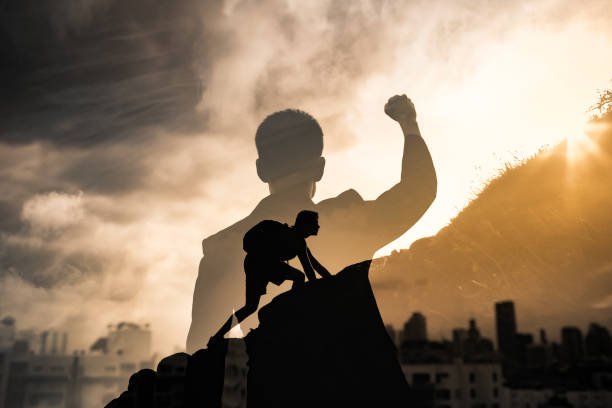Picture this: you’re deep in the emerald heart of a forest, the air crisp and clean, miles from the nearest ringtone or traffic jam. It’s just you, the towering trees, and the call of the wild. This is the ultimate freedom, the very essence of what it means to be alive. But what happens when the trail vanishes, the sky darkens unexpectedly, or a simple misstep leaves you stranded?
Suddenly, that beautiful wilderness transforms. It becomes an intimidating force, indifferent to your fate. In these critical moments, your most valuable asset isn’t your strength or your courage—it’s your preparation. The difference between a thrilling story you’ll tell for years and a genuine crisis often comes down to the gear you have on hand.
That’s where we come in. We’re not here to scare you, but to empower you. We’ve compiled the ultimate list of 20 life-saving survival tools that every man should consider essential for any wilderness adventure. This isn’t just a list; it’s your ticket to confidence, your blueprint for conquering the unknown. Let’s gear up.
Table of Contents
1. High-Quality Fixed-Blade Knife
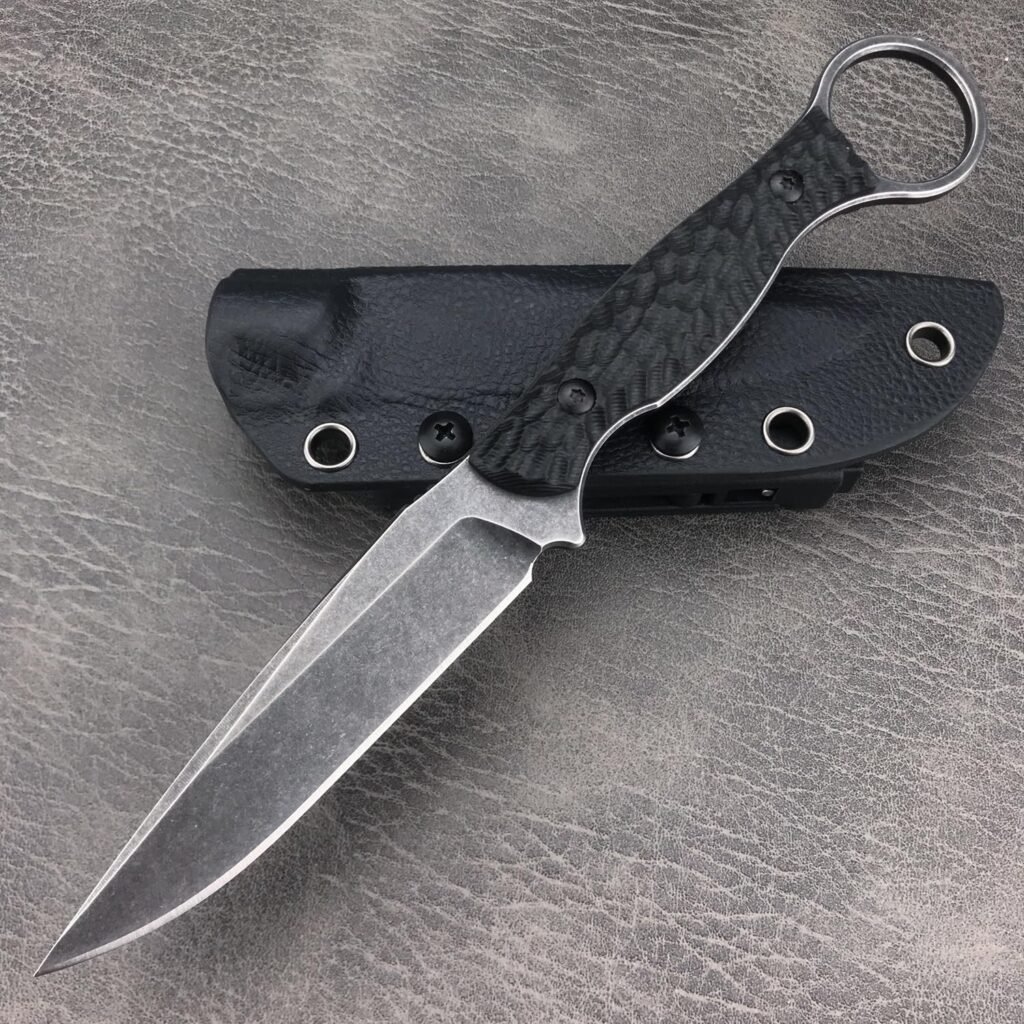
Forget every other tool for a second. If you could only carry one thing, this would be it. A reliable fixed-blade knife is the undisputed king of survival tools. It’s not just for cutting rope. Think bigger: batoning wood for fire, carving feather sticks for tinder, cleaning fish, preparing food, building a shelter, and even self-defense in a worst-case scenario. Look for a full-tang knife, where the metal of the blade extends all the way through the handle. This design provides maximum strength and durability when you need it most.
2. Ferrocerium Rod (Ferro Rod)
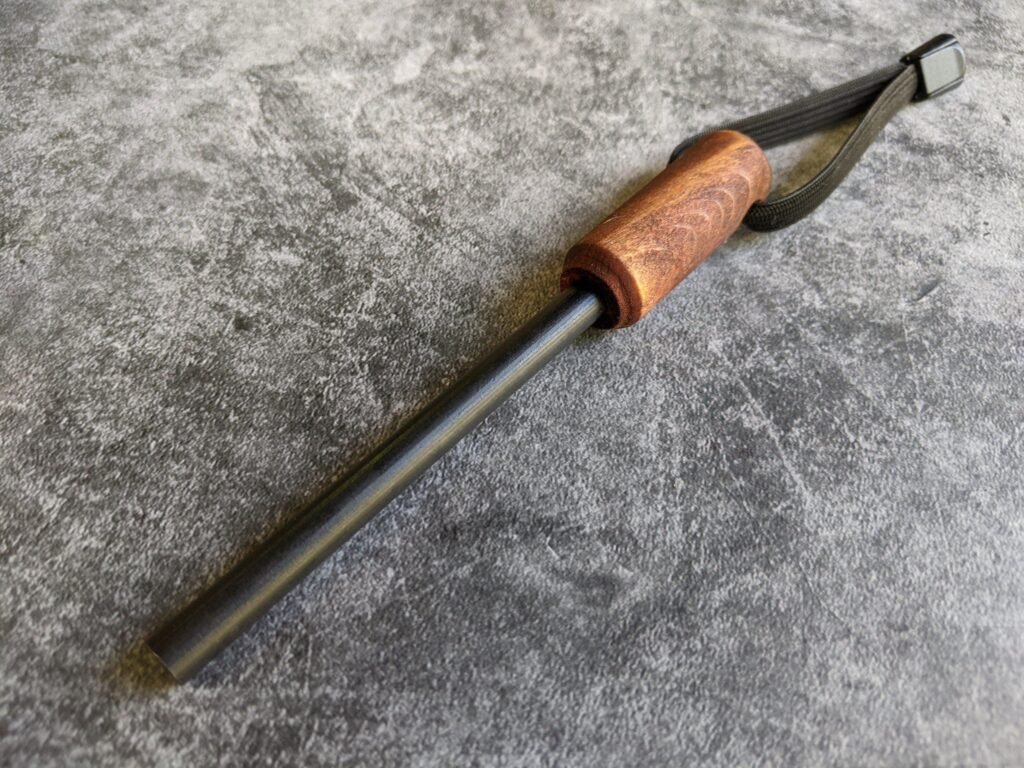
Matches get wet. Lighters run out of fuel. A ferrocerium rod, however, will work in any condition, wet or cold. Scraping the rod with the spine of your knife (or a dedicated striker) unleashes a shower of molten hot sparks, easily reaching temperatures over 3,000°F (1,650°C). This makes it incredibly effective at igniting a wide variety of tinder, from cotton balls to natural materials like birch bark or cattail fluff. Mastering this primitive fire-starting method is not only a crucial skill but also immensely satisfying.
3. Metal Water Bottle or Canteen
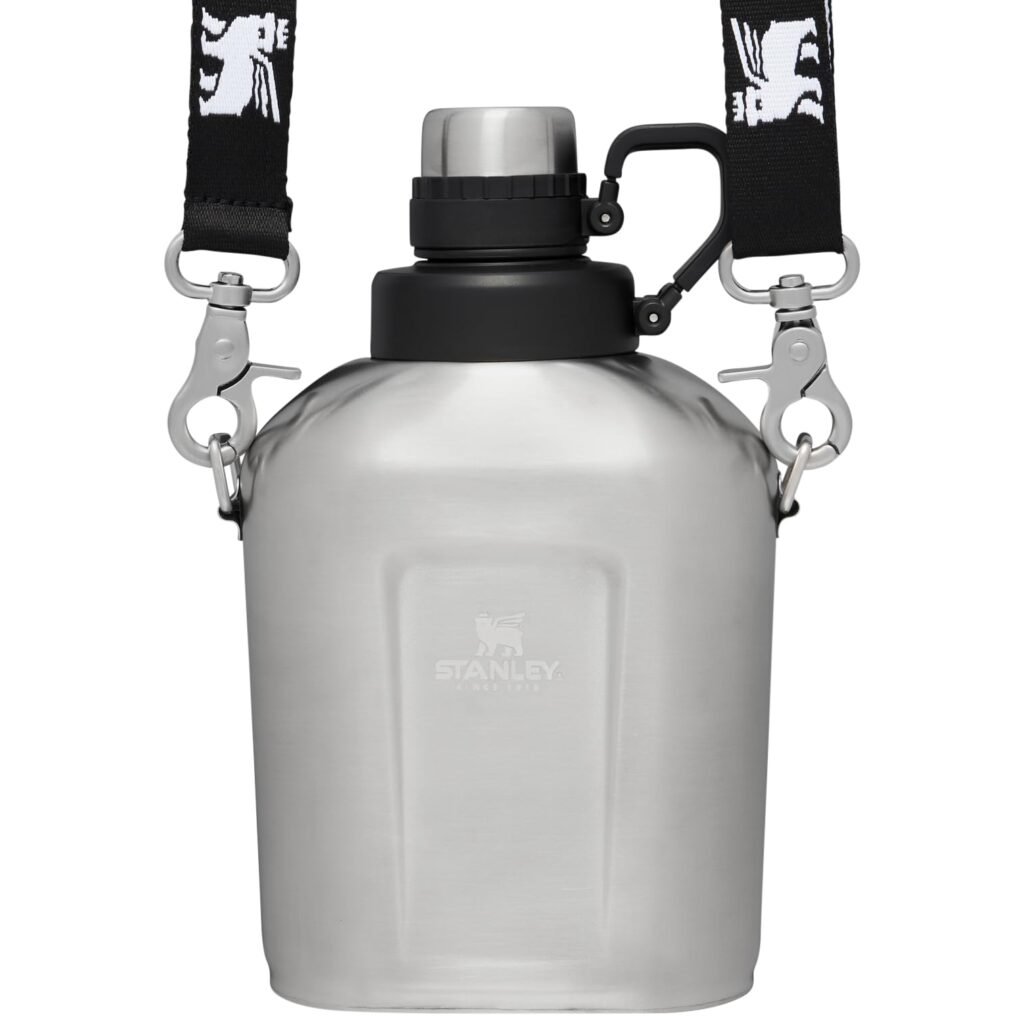
Hydration is life. You can survive weeks without food, but only a few days without water. While any water container is good, a single-walled metal one (like stainless steel) is a multi-purpose lifesaver. Why metal? Because you can boil water directly in it. This is the most reliable way to purify water found in the wild, killing dangerous pathogens like Giardia and Cryptosporidium. Plus, it’s far more durable than plastic.
4. Portable Water Filter or Purification Tablets
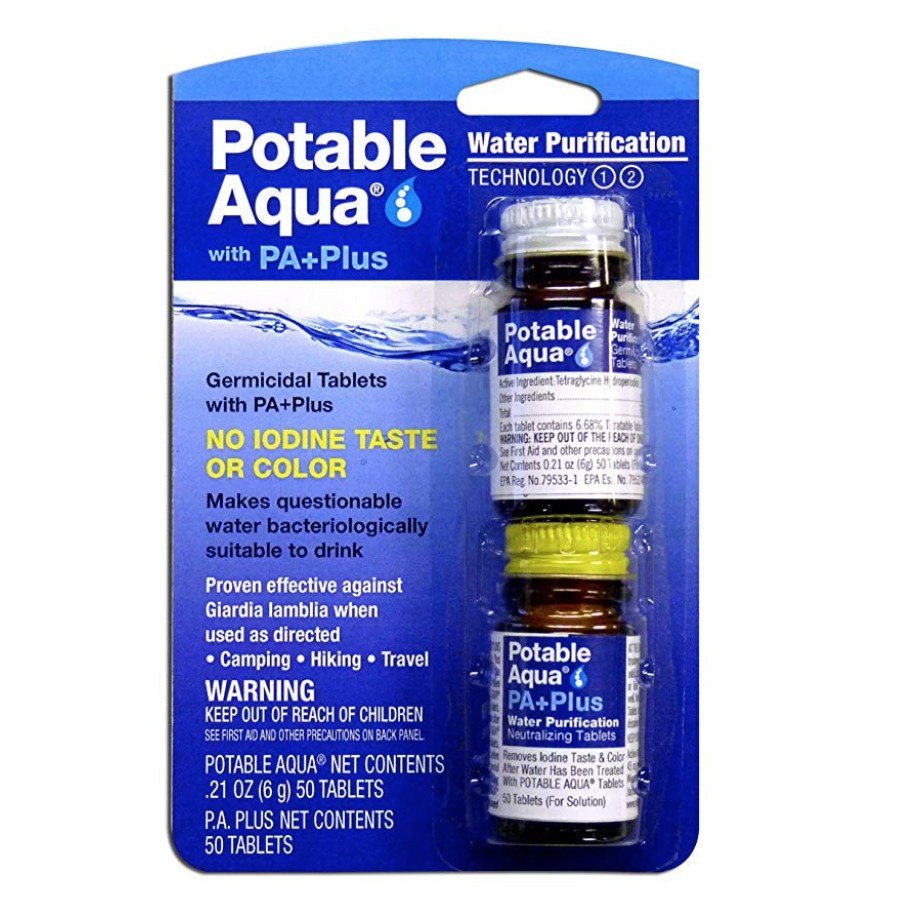
While boiling is a great option, it takes time and fire. A portable water filter, like a Sawyer Squeeze or a Lifestraw, provides instant access to safe drinking water. These lightweight devices can filter out an incredible 99.9999% of bacteria and protozoa. As a backup, or for an ultra-light option, carry water purification tablets. They are tiny, weigh almost nothing, and can make questionable water sources safe in about 30 minutes. Having both a filter and tablets is a bulletproof hydration strategy.
5. A Dependable Tarp
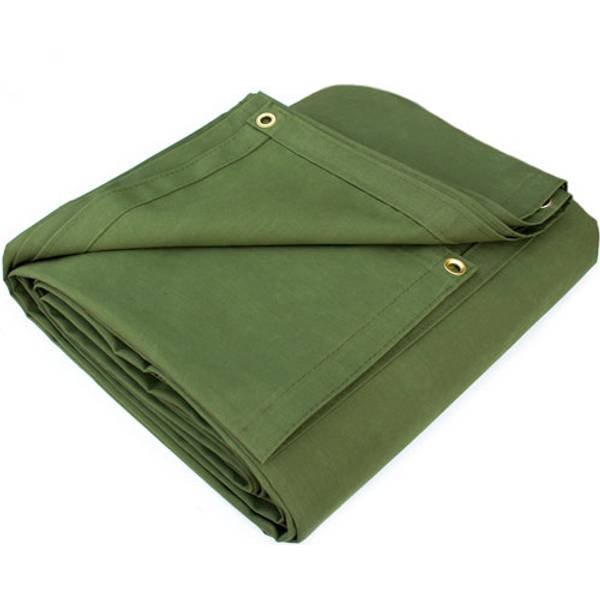
A simple, high-quality tarp is one of the most versatile pieces of wilderness survival gear you can own. Its most obvious use is as a quick, effective emergency shelter, protecting you from rain, wind, and sun. But its utility doesn’t stop there. It can be used as a ground cover, a makeshift rain poncho, a signal panel, or even a stretcher to carry an injured person. Look for one with reinforced grommets for multiple tie-down options.
6. Paracord (550 Cord)
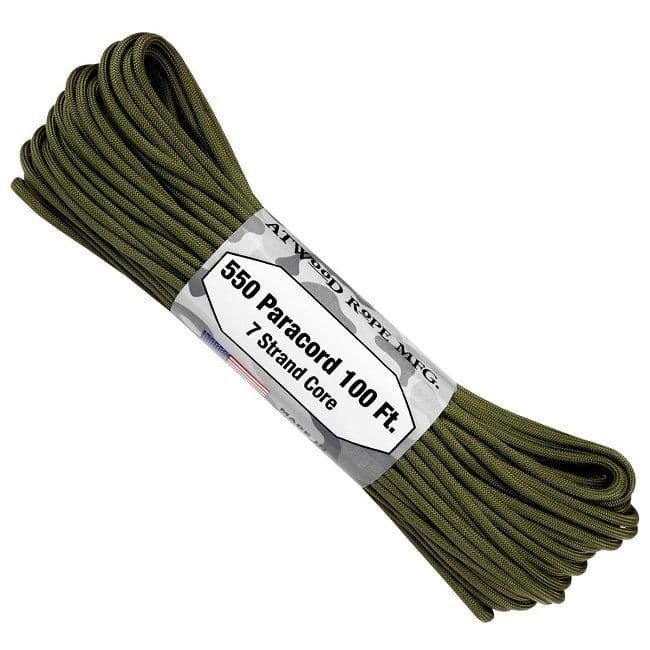
It looks like simple rope, but 550 paracord is a survival powerhouse. The name “550” comes from its minimum breaking strength of 550 pounds. What makes it truly special are the 7-9 inner strands, which can be teased out and used for more delicate tasks. Use the outer sheath for ridgelines on your tarp shelter or securing gear. Use the inner strands for fishing line, sewing thread, or building traps and snares. Always pack at least 100 feet.
7. A Bright LED Headlamp (and Extra Batteries)
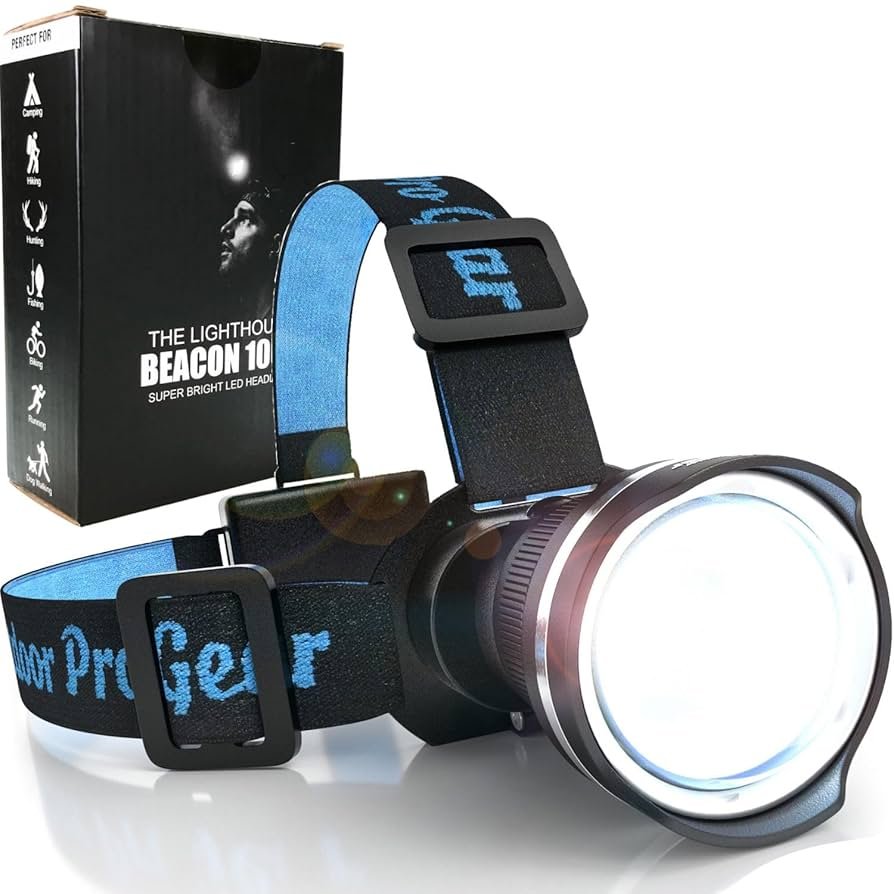
Why a headlamp over a flashlight? It keeps your hands free. Whether you’re setting up camp after dark, navigating a trail at night, or performing first aid, having both hands available is a massive advantage. Modern LED headlamps are incredibly bright, durable, and have impressive battery life. Always pack a spare set of batteries. Your phone’s flashlight is a poor substitute; don’t rely on it.
8. A Compass and a Physical Map
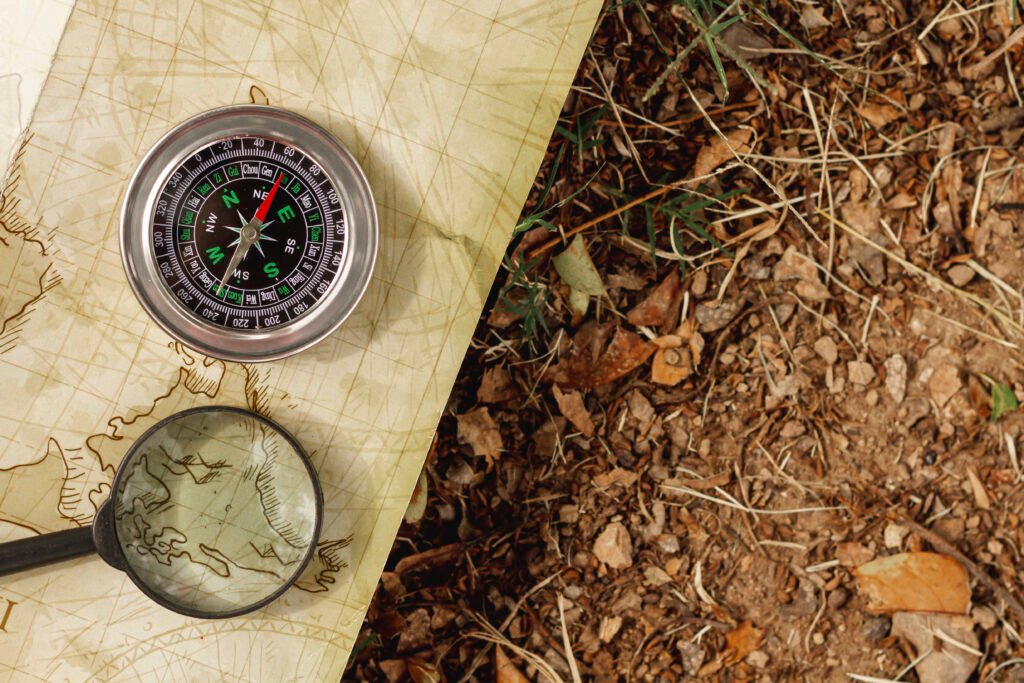
Your GPS is an amazing tool… until the batteries die or it can’t get a signal. Technology fails. The skill of navigating with a map and compass is timeless and foolproof. Before you step foot on the trail, learn how to read a topographic map and use a quality baseplate compass. Understand declination and how to take a bearing. This knowledge, combined with these simple survival tools, ensures you’ll never truly be lost.
9. A Fully-Stocked First-Aid Kit (FAK)
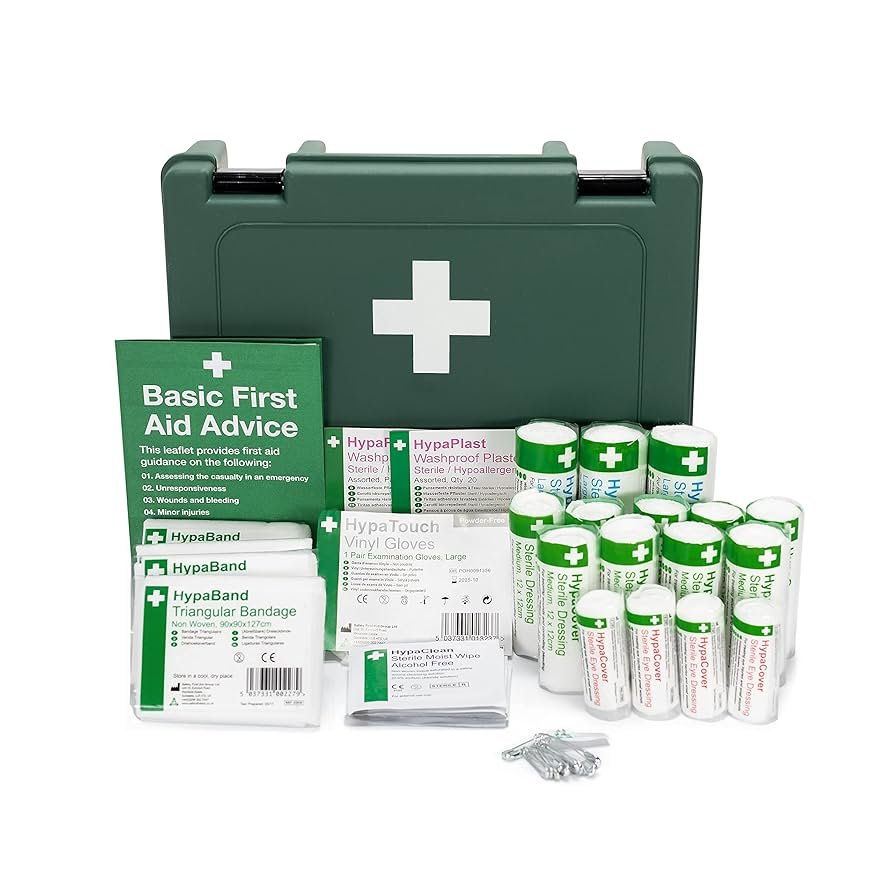
This is non-negotiable. Don’t just buy a pre-made kit; customize it for your needs. Your FAK should go beyond simple bandages and antiseptic wipes. Include blister treatments (like Moleskin), various sizes of gauze pads, medical tape, pain relievers, antihistamines for allergic reactions, and a pair of tweezers. Consider adding a tourniquet and learning how to use it. Your ability to treat injuries in the field can prevent a minor issue from becoming a major emergency.
10. High-Energy Emergency Food
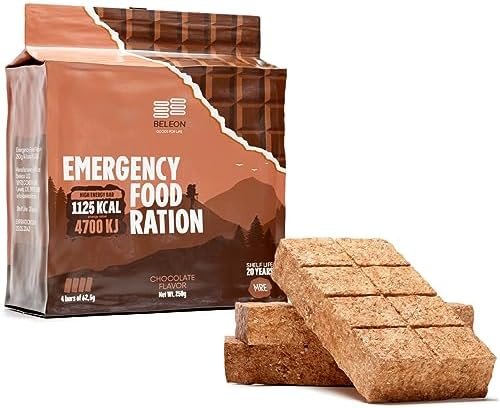
Even for a day hike, pack extra food. You never know when a short trip might turn into an overnight stay. We’re not talking about a gourmet meal. Pack high-calorie, non-perishable items that require no cooking. Energy bars, jerky, trail mix, and nut butters are excellent choices. They provide a vital psychological and physical boost when you’re exhausted and your reserves are low.
11. An Emergency Whistle
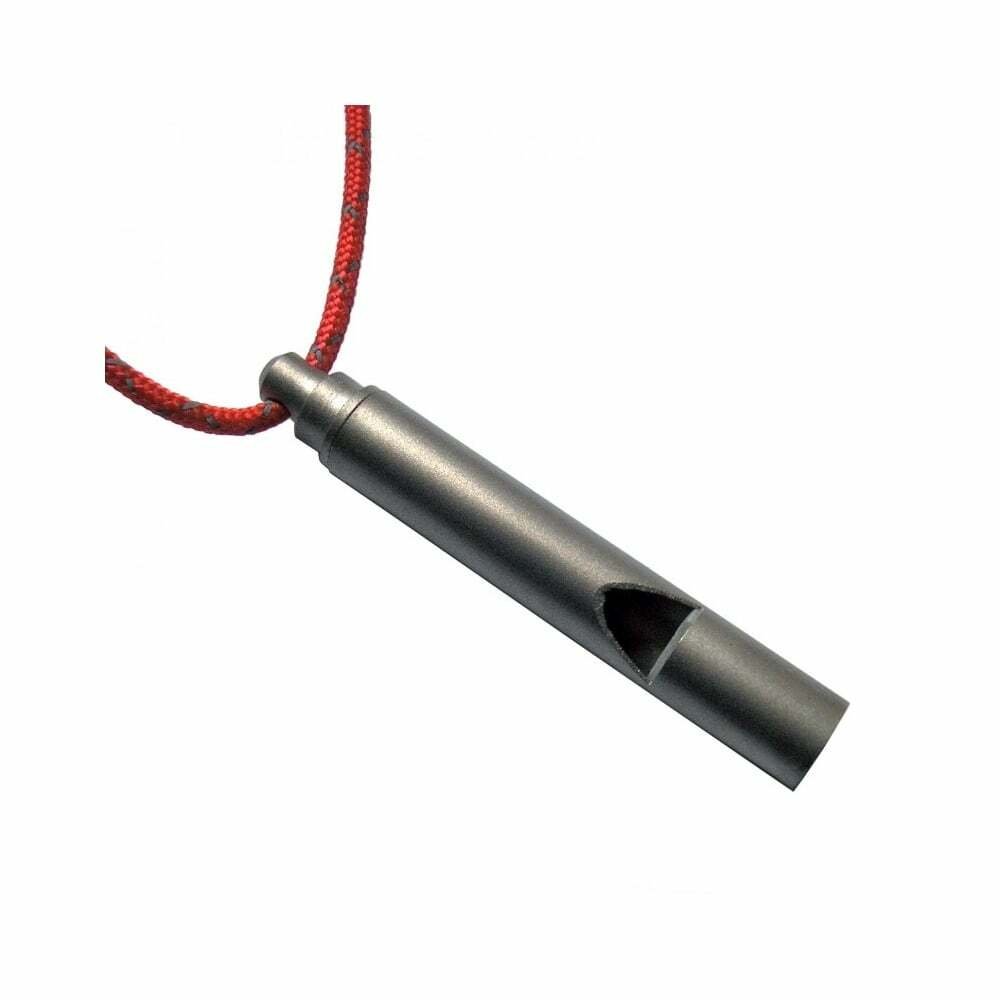
A whistle is far more effective than shouting for help. The sound of a quality pea-less whistle can travel much farther and requires less energy than yelling, which can leave your voice raw and useless. The universal signal for help is three blasts. It’s a lightweight, inexpensive tool that could easily be the thing that guides rescuers to your location. Many backpack chest straps have one integrated—check yours!
12. A Signaling Mirror
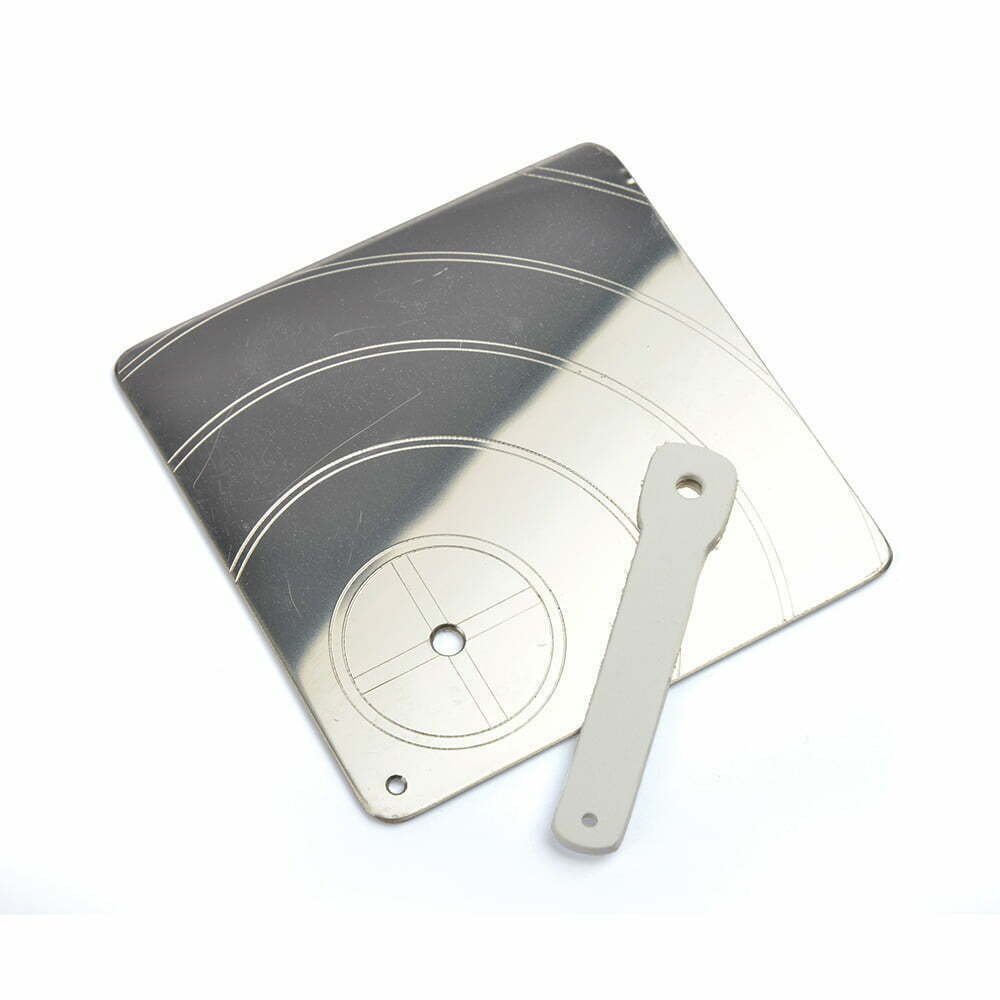
On a clear, sunny day, a signaling mirror is one of the most powerful long-distance signaling tools you can carry. The flash from a small mirror can be seen for miles, easily catching the attention of aircraft, distant hikers, or search parties. It requires no power and is incredibly simple to use. Practice aiming it so you’re ready if the need ever arises.
13. A Multi-Tool
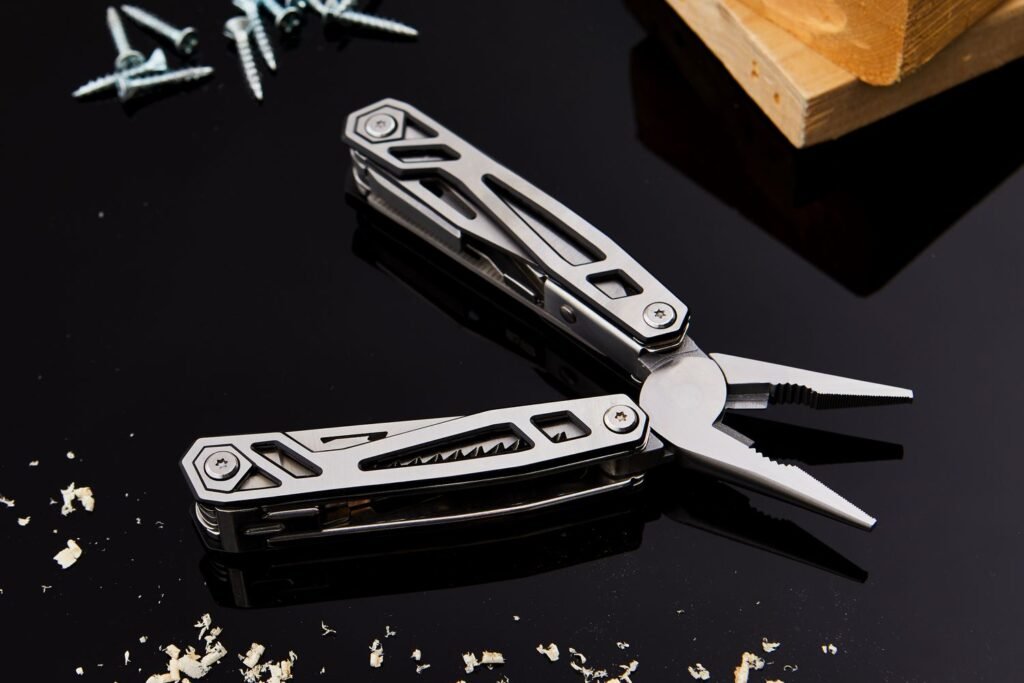
While a fixed-blade knife is your primary blade, a multi-tool is the toolbox in your pocket. Pliers, wire cutters, screwdrivers, and can openers handle the repair and maintenance tasks your knife can’t. Need to fix a broken backpack strap, adjust a camp stove, or pull a thorn from your boot? Your multi-tool, like a Leatherman or Gerber, is the right instrument for the job.
14. Weather-Appropriate Layers & Rain Gear
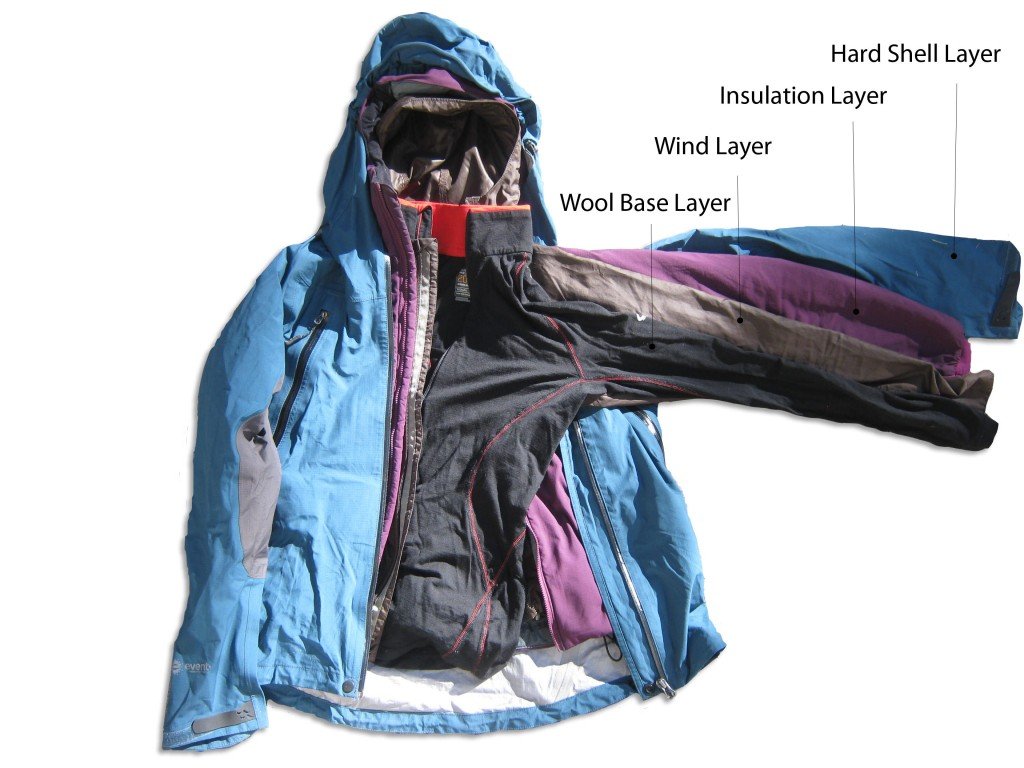
The weather in the mountains or deep woods can change in a heartbeat. Hypothermia is a silent killer and can strike even in cool, not just freezing, temperatures, especially if you get wet. Dressing in layers (base, mid, and outer shell) allows you to regulate your body temperature effectively. A waterproof and windproof rain jacket and pants are absolutely essential. They weigh little but offer immense protection from the elements. Cotton kills; stick to wool or synthetics.
15. A Folding Saw
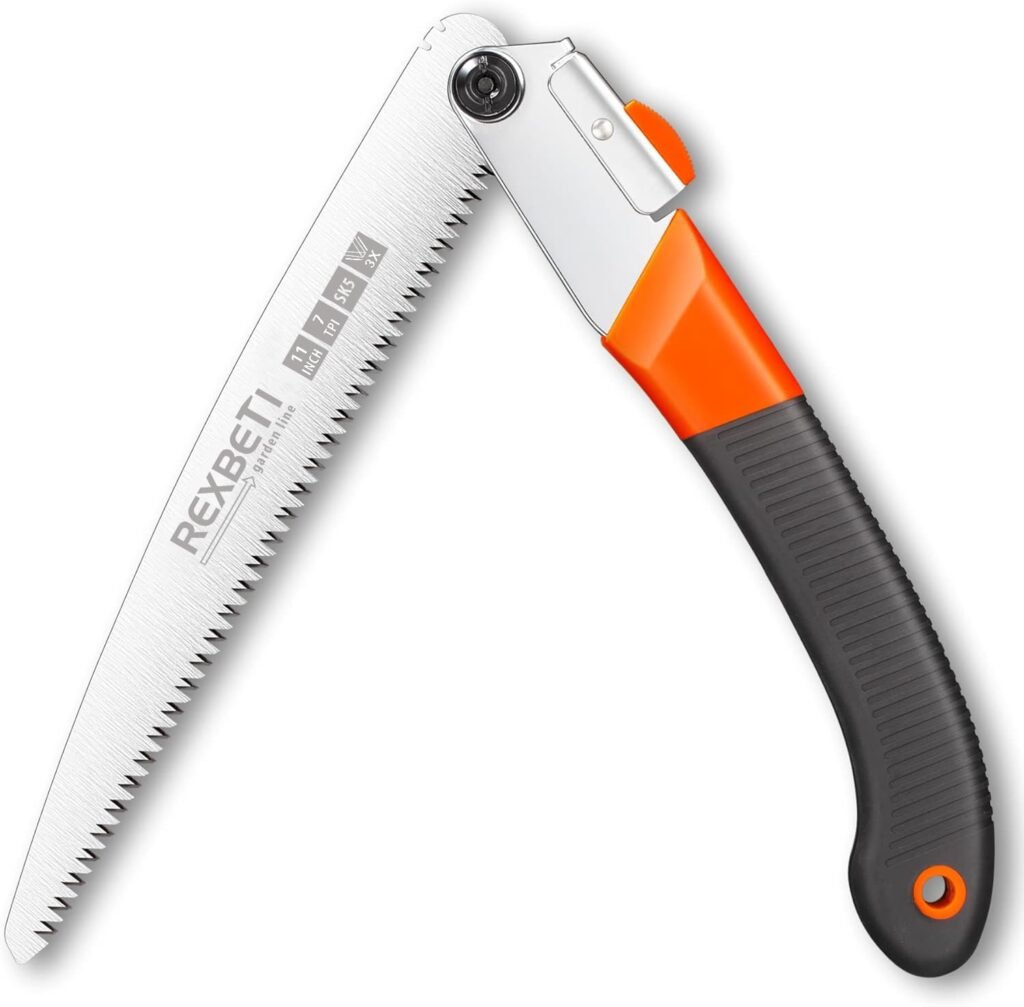
While your knife can baton smaller pieces of wood, a quality folding saw makes processing firewood for a life-sustaining fire infinitely easier and more efficient. It allows you to cut through larger logs for a longer-lasting fire, saving you precious calories and time. It’s also an invaluable tool for shelter construction.
16. Duct Tape
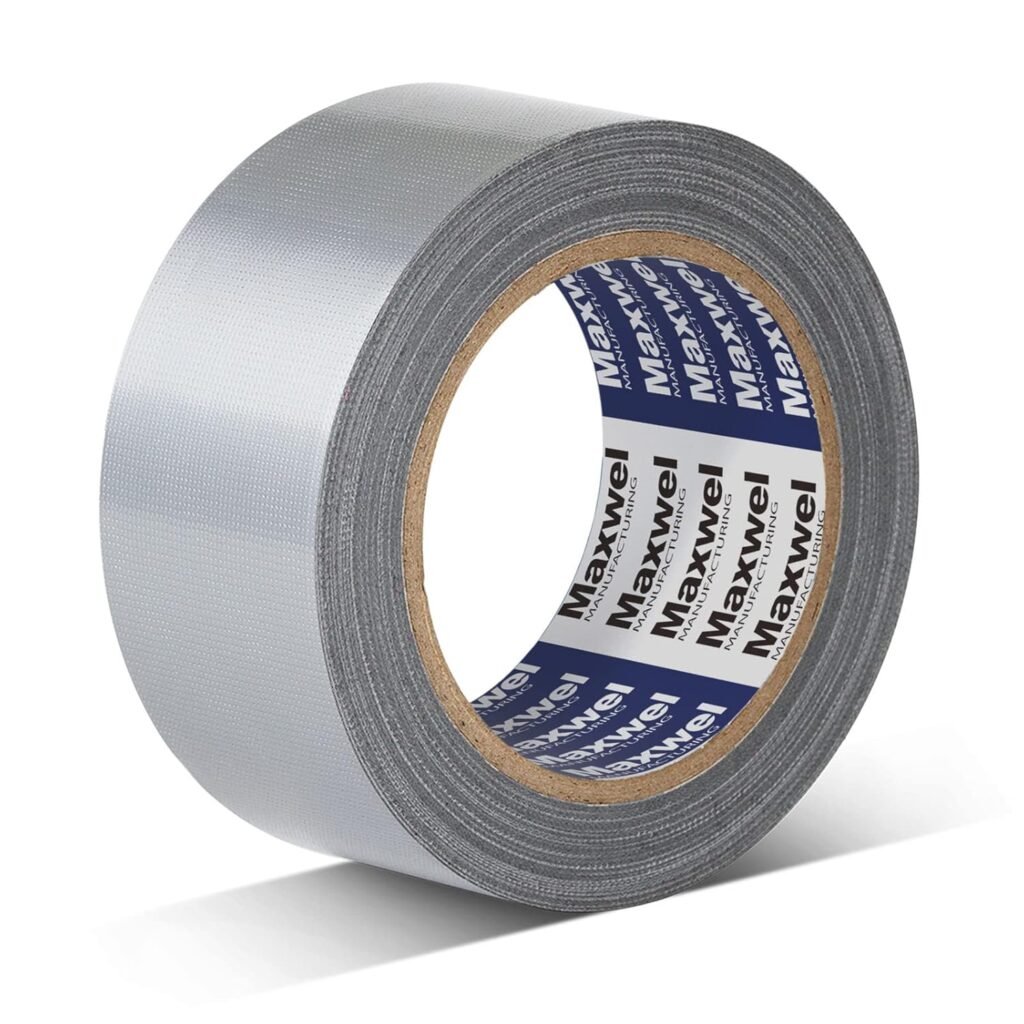
It’s a cliché for a reason. Duct tape is the ultimate repair tool. Wrap a few feet of it around your water bottle or trekking pole to save space. You can use it to patch a hole in your tent or tarp, repair a leaky water bladder, fix a broken tent pole, create makeshift butterfly bandages for a cut, or even fashion a spear by attaching your knife to a sturdy branch.
17. A Small Survival Manual or Knowledge
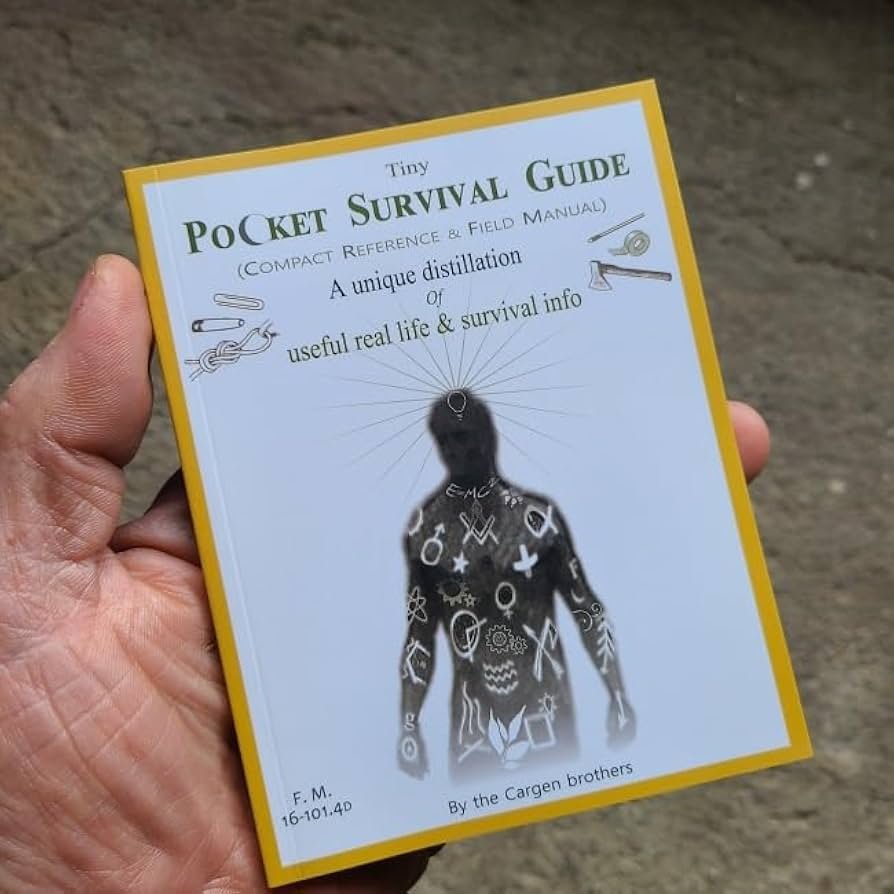
The most important survival tool is your brain. But under stress, it’s easy to forget crucial information. Carrying a small, waterproof survival guide can be a great reference for everything from building a shelter and identifying edible plants to tying essential knots. Better yet, read it before your trip. Knowledge weighs nothing and is the one tool you can never lose.
18. Emergency Bivvy or Space Blanket
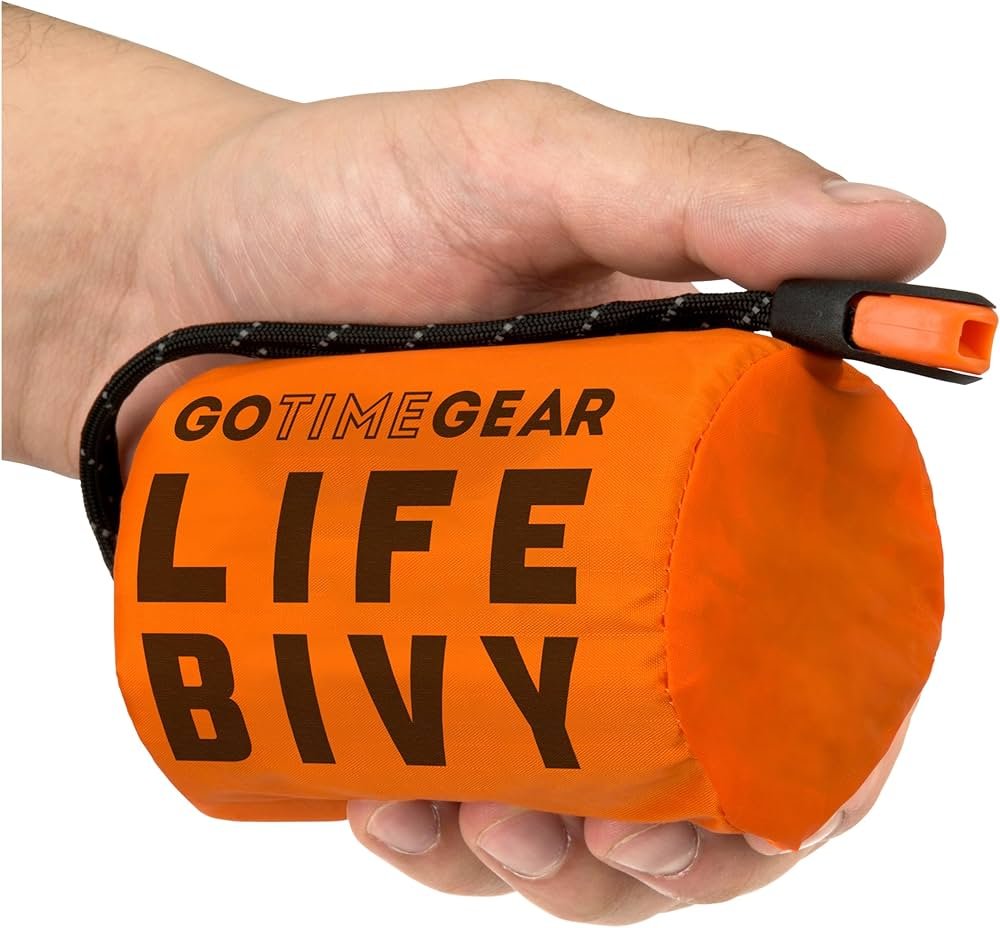
An emergency bivy (or bivouac sack) is like a waterproof, heat-reflective sleeping bag. It’s an ultra-lightweight shelter that can be a lifesaver if you’re forced to spend an unplanned night in the wild. Made from the same Mylar material as space blankets, it reflects up to 90% of your body heat back to you, preventing hypothermia. A simple space blanket is a lighter, more compact option, though less durable.
19. Power Bank/Solar Charger
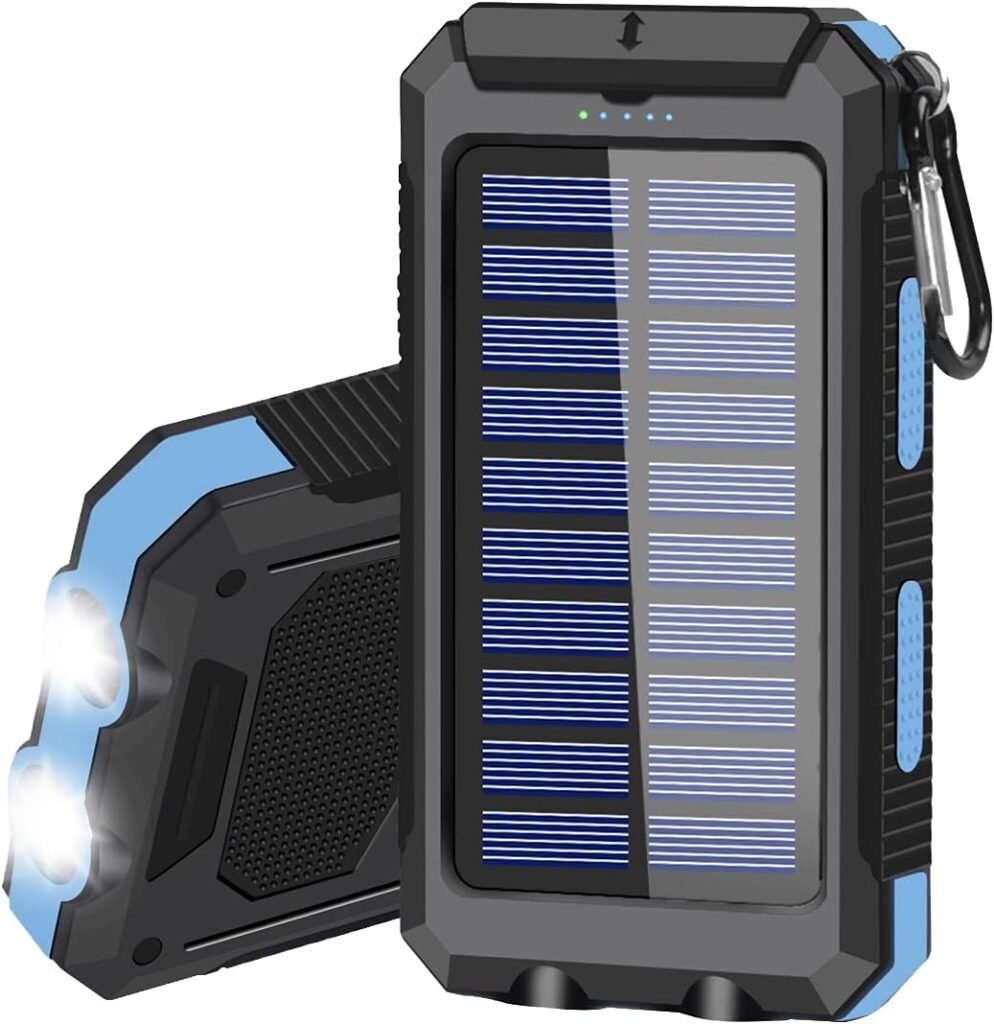
In our modern world, your phone is a powerful survival tool. It has a GPS, a flashlight, and is your link to rescue. Keeping it charged is a priority. A small, rugged power bank can recharge your phone several times over. For longer trips, a portable solar charger can provide a potentially limitless source of power, as long as you have sun.
20. A Positive Mental Attitude (The Ultimate Tool)
This isn’t a physical item, but it’s arguably the most critical survival tool of all. Panic is the enemy. It clouds judgment and leads to fatal mistakes. The will to survive—the calm, focused mindset that allows you to assess your situation, make a plan, and execute it one step at a time—is what separates survivors from statistics. Your gear gives you options, but your mind is what puts those options to use. Stay calm, stay focused, and never give up.
Frequently Asked Questions (FAQ)
Q1: Do I really need all 20 of these survival tools for a simple day hike?
That’s a great question! The short answer is: it depends on the hike. For a well-marked, popular trail close to civilization, you can probably scale back. However, a core group of these items, often called the “Ten Essentials,” should always be in your pack. This includes navigation (map/compass), a headlamp, sun protection, a first-aid kit, a knife, fire-starting materials, an emergency shelter (like a bivy), and extra food, water, and clothes.
Q2: My smartphone has a GPS and flashlight. Isn’t that good enough?
Your smartphone is an amazing device, but it should never be your only tool for navigation or light. Batteries die, screens break, and cell service disappears when you need it most. Cold weather can drain a phone battery in minutes. A physical map and compass require no batteries and are far more reliable in rugged conditions. Likewise, a dedicated headlamp is brighter, more durable, has a longer battery life, and most importantly, keeps your hands free for other critical tasks. Think of your phone as a convenient backup, not your primary survival tool.
Q3: What’s the most important thing to look for in a survival knife?
The single most important feature is a full-tang, fixed-blade design. “Fixed-blade” means the knife doesn’t fold, making it incredibly strong and reliable for tough jobs like splitting wood. “Full-tang” means the piece of steel that forms the blade runs all the way through the handle to the end. This construction provides maximum durability and prevents the handle from breaking off under heavy stress. Look for high-carbon or durable stainless steel and a comfortable, non-slip grip.
Q4: I have a water filter. Do I still need a metal bottle or purification tablets?
Redundancy is a key principle of survival. We recommend having multiple ways to get clean water. Your primary method might be a water filter for its convenience. However, filters can clog, freeze and crack, or fail. Having a single-walled metal bottle allows you to boil water as a foolproof backup purification method. Water purification tablets are a tiny, weightless third option that can save you in a pinch if both your filter and ability to make fire are compromised.
Q5: What is the best way to learn how to use this gear?
Owning gear is only half the battle; knowing how to use it is what truly counts. The best way to learn is by doing. Start in a safe, controlled environment like your backyard. Practice making a fire with your ferro rod, setting up your tarp shelter in different configurations, and getting comfortable with your map and compass. Watch reputable videos online from experienced outdoorsmen. Better yet, consider taking a local wilderness survival or land navigation course. There is no substitute for hands-on practice before you have to rely on these skills in a real emergency.
Q6: This gear sounds expensive. How can I build a reliable survival kit on a budget?
Absolutely. You don’t need top brands to be safe; you just need functional gear. Focus your budget on the most critical items like a quality knife, a ferro rod, and a tarp. For everything else, get creative! You can build your own first-aid kit, wrap duct tape around your water bottle, or use a heavy-duty trash bag as an emergency bivy. Build your kit over time by starting with affordable, reliable essentials.
Your Adventure Awaits—Be Prepared for It
Venturing into the wilderness is one of the most rewarding experiences a man can have. It tests your limits, builds your character, and connects you to something primal and real. But true freedom in the wild comes from confidence, and confidence comes from preparation.
These 20 life-saving survival tools are your foundation for that confidence. They are your plan B, your safety net, and your key to turning a potential disaster into a triumphant adventure.
Now, we want to hear from you. What essential survival tools are always in your pack? Did we miss anything on our list? Drop a comment below and share your wisdom with the MindGearMen community. And if you’re looking to upgrade your loadout, be sure to check out our curated gear guides. Stay safe, stay prepared, and conquer your next adventure.Don’t forget to subscribe to MindGearMen.

